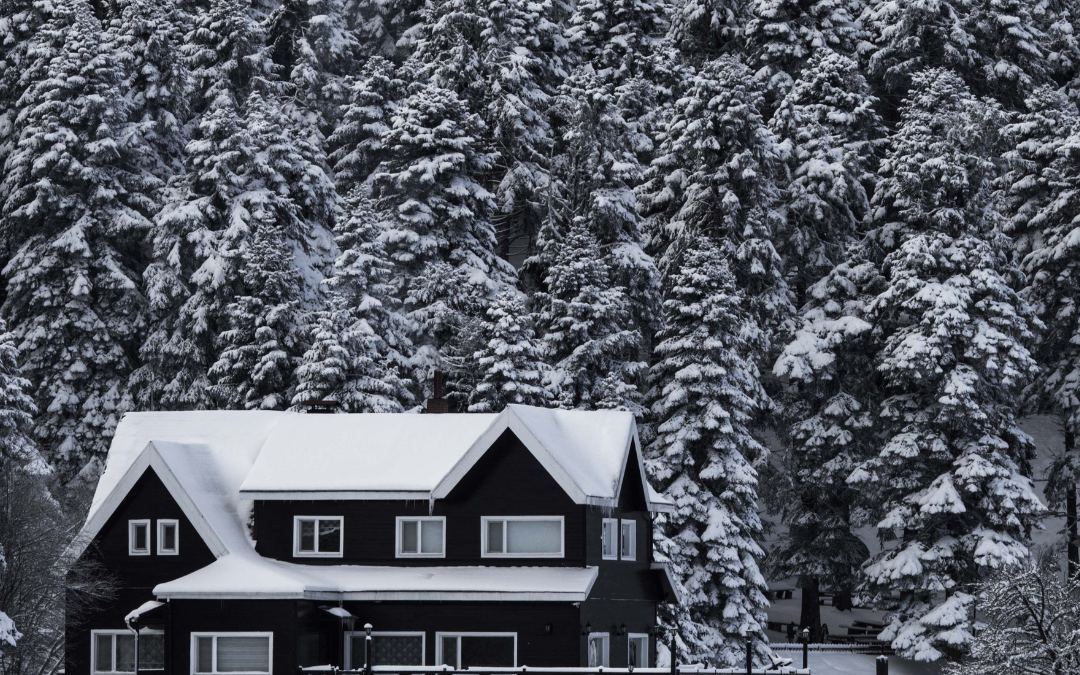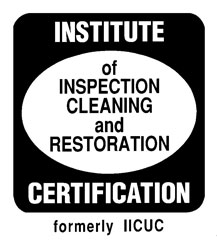While in the South Okanagan we don’t experience too many issues with major ice storms, a lot of snow or extreme weather, we are still susceptible to some fluctuations like extreme heat, powerful winds, and snow if you live anywhere above the valley’s edge.
Extreme conditions like cold weather, ice storms, and snow can cause a lot of problems leading to major damage down the road…
Here is how you can minimize your risks:
1. Heat your house to a minimum of 18°C – The temperature in the walls is colder than the inside of your house and you never want a frozen pipe. Frozen pipes while annoying because they can stop water from flowing to your sinks and toilets, can also cause your pipes to burst flooding the inside of your home.
2. Check fireplaces, wood stoves, and electric heaters. Make sure that nothing flammable is close. While electric heaters are generally safe, they have been known to start electrical fires, or fires from blowing superheated air onto flammable surfaces. Throughout the Okanagan it is very common to find homes heated entirely through electric heaters. While not being the most economical they do present a fire potential fire hazard and should be monitored.
For wood burning fireplaces and wood stoves, make sure to close fireplace flue when not in use (this can let in excess cold air). Make sure to have your wood burning furnaces and stoves serviced once per year, built up creosote can catch fire, and has been a major source of house fires in the past. Make sure when you are cleaning your fireplaces and wood stoves that the ashes from the previous fire are no longer hot, and that you are not dumping burning embers into anything potentially flamable.
3. Watch for ice dams near downspouts – if water can’t drain it’ll pool near your roofline. While we don’t generally get extreme weather we can still get a build up of ice, depending on your elevation. Excess ice under shingles, or near downspouts can cause water to leak into your house causing shingles, roofing, and interior ceiling damage as the ice melts.
4. Check for dead/damaged trees – falling tree branches can damage your roof, your car, or even yourself – For parts of the year in the Okanagan we can experience very high winds. If you have old or dead trees near you home make sure to get rid of any potentially dangerous branches that can break off and damage your home during one of our notorious wind storms.
5. Check steps/handrails – a thin coat of ice can be a disaster on damaged stairs
6. Home fires increase in the winter – check those smoke detectors. Here in Canada we need the extra heat to stay warm through the winter which leads to a lot more devices, power, heat, and appliances being turned on to provide that heat. Make sure to check on other device that can keep you safe… You smoke detectors. It’s a smart idea to check your detectors, and change your batteries every 6 to 12 months to ensure they are in working order – this can mean the difference between getting your family out safely during a fire, or suffering a devastating catastrophe
7. Consider a backup power source in case of emergency – In extreme times when the power may fail for extended periods of time (last week Osoyoos lost power for 7 hours) having a back up power source such as a small generator can provide your home with enough power to keep the furnace running or some electric heaters going.
8. Consider upgrading appliances – if you can increase the efficiency of the heaters, furnaces, and stoves you use you will generally save a lot of money on heating costs, and you’ll be using safer more modern appliances that have a much better safety rating. While old appliances may stand the test of time, over time, those appliances can break down, and cause fires due to more lenient safety protocols in place when they were manufactured.
While we don’t have some of the extreme weather the rest of Canada experiences, we still get our share of cold weather, and the need to turn on the heaters. Just make sure that when you do you’re staying safe, staying warm, and staying smart.



Recent Comments